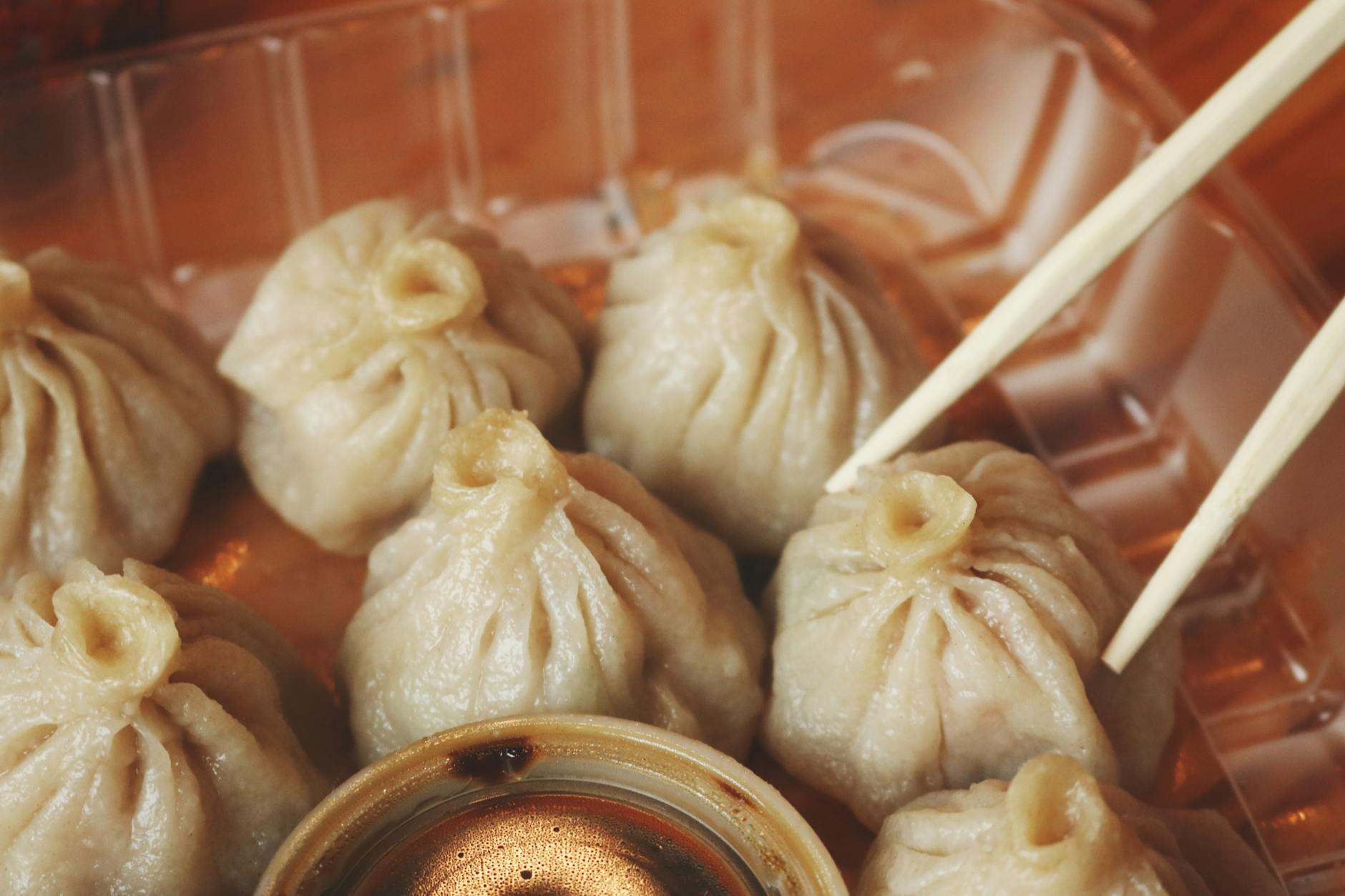China’s breakfast scene is a microcosm of the country’s evolving consumer culture, teetering on the edge of transformation. For years, the first meal of the day in this 1.4-billion-strong nation has been synonymous with bustling street-side stalls, comforting local flavors, and a deeply personal connection to regional cuisines. Yet despite the vast market—projected to hit a staggering ¥2.6 trillion ($400 billion) by 2025—China has yet to witness the rise of a dominant national breakfast chain. This begs the question: why, in a land of endless entrepreneurial potential, is breakfast still served mostly by small, independent vendors?
Breakfast on a Shoestring: A Nation’s Frugal Morning Ritual
Breakfast in China, while deeply appreciated, is often viewed as a frugal meal. The classic Chinese saying “breakfast should be hearty, lunch satisfying, and dinner light” reflects its traditional significance. However, affordability is key: most urban professionals prefer to keep breakfast costs under ¥10 ($1.40). This frugality, combined with intense competition, keeps profit margins razor-thin.
The rise of competitive pricing strategies among major food brands further illustrates this challenge. Chains such as Nayuki Tea and Pizza Hut have introduced breakfast options priced as low as ¥9.9 to attract consumers. While such efforts broaden accessibility, they underscore a harsh reality: breakfast in China is often a “labor of love” rather than a lucrative enterprise.
From Stalls to Standardization: Four Stages of Breakfast Evolution
China’s breakfast market has evolved through distinct phases:
- Street-Side Beginnings: Traditionally, breakfast was sold by street vendors or small family-run businesses. These stalls offered handmade delicacies like jianbing (savory crepes), youtiao (fried dough sticks), and freshly steamed baozi (stuffed buns), all made on the spot and served to-go.
- Government Intervention: In 2008, China’s Ministry of Commerce launched the “Breakfast Demonstration Project” to make morning meals more accessible. Mobile breakfast carts became a common sight, bringing affordable options to neighborhoods and business districts.
- Urban Regulation: As cities modernized, authorities moved vendors off the streets and into licensed storefronts. This transition aimed to standardize food safety but led to higher overhead costs, limiting the scalability of small vendors.
- Digital and Brand-Driven Innovation: Today, China’s breakfast market is characterized by digital integration (e.g., mobile payments, app-based ordering) and the emergence of regional breakfast chains. While these advancements have paved the way for expansion, large-scale chain operations are still nascent.
Despite these developments, the market remains fragmented. Small vendors dominate, with few brands capable of expanding beyond their local regions.
The Supply Chain Revolution: Could It Unify the Market?
One potential game-changer lies in supply chain innovation. Western fast-food giants such as McDonald’s and KFC have shown how standardized supply chains can drive the rapid growth of breakfast offerings. Following their lead, several Chinese brands are investing in supply chain optimization.
Recent government initiatives have further accelerated this trend. Policies aimed at fostering local food clusters—such as Wuhan’s hot dry noodles, Henan’s spicy soup, and Chongqing’s small noodles—encourage regional specialties to scale. The idea is simple: transform local favorites into standardized, scalable products without losing their authenticity.
Some companies are already making strides:
- Babi Mantou: This “baozi giant” exemplifies how centralized kitchens can support chain expansion while maintaining quality.
- Tongfu Group: Focused on rural revitalization, the company offers pre-packaged traditional breakfast foods like congee and steamed buns, catering to urban convenience seekers.
- Longwang Soy Milk: With its 160,000 acres of soybean plantations, the brand has cornered the breakfast beverage market by emphasizing quality and consistency.
Localization Meets Standardization
Even as supply chain improvements pave the way for larger-scale operations, regional tastes present a unique challenge. Breakfast in China is as diverse as its provinces: a Sichuan breakfast features spicy noodles, while in the north, wheat-based buns dominate. Brands aiming for nationwide expansion must delicately balance consistency with localization.
Take Wuhan’s hot dry noodles, for example. These chewy sesame-flavored noodles must replicate the precise textures and flavors beloved in their hometown while appealing to broader palates. Standardization without compromising regional identity remains the industry’s holy grail.
Digital Platforms: The New Breakfast Frontier
Digital technology is reshaping how breakfast is consumed. Urban professionals increasingly rely on mobile apps for convenience, from ordering delivery to scheduling pick-ups. Automated solutions, such as self-service breakfast lockers and unmanned kiosks, are also gaining traction in cities like Shanghai and Shenzhen. These innovations provide scalability and reduce labor costs but still face challenges in maintaining food quality and variety.
The Future: Could a National Breakfast Giant Emerge?
The question remains: will China ever see a breakfast chain rivaling McDonald’s or Starbucks in scale and brand recognition? Several factors suggest the dawn of this “10,000-store era” is not far off:
- Policy Support: Government backing for regional food industries could spur investment in breakfast supply chains.
- Consumer Demand: Rising incomes and urbanization are driving a shift toward convenience-focused dining.
- Tech Integration: Digital ordering systems and automated kitchens could overcome labor-intensive bottlenecks.
However, cultural barriers and regional loyalties continue to challenge uniformity. Chinese consumers cherish their local breakfast traditions, and any national chain must navigate this deeply ingrained sentiment.
Conclusion: A Fragmented Market Poised for Growth
China’s breakfast market is a fascinating mix of tradition and innovation, nostalgia and ambition. Its fragmentation, while currently a hurdle, represents untapped potential. With robust government policies, technological advances, and supply chain innovations, the dream of a “10,000-store breakfast chain” seems closer than ever. For now, though, China’s mornings remain a mosaic of flavors, each region’s culinary heritage shining brightly on its streets and in its shops.
As China’s breakfast culture continues to evolve, one thing is certain: whether it’s a ¥3 street-side baozi or a ¥9.9 café combo, breakfast is more than a meal—it’s a cultural cornerstone, as varied and vibrant as the nation itself.

评论